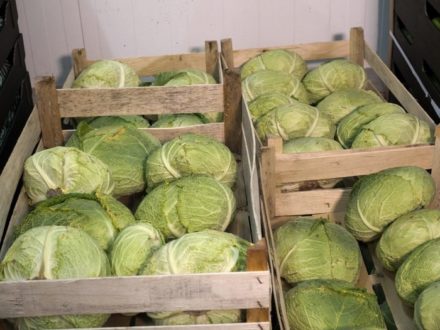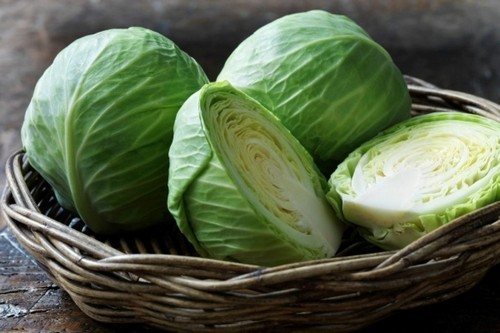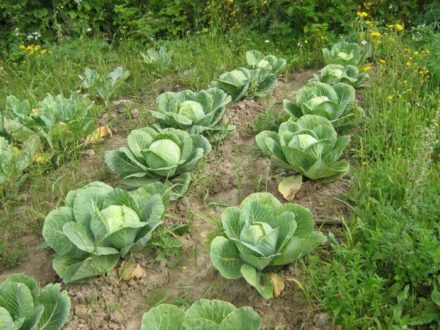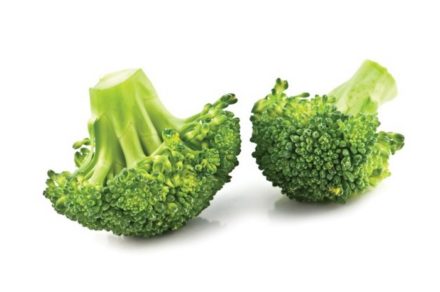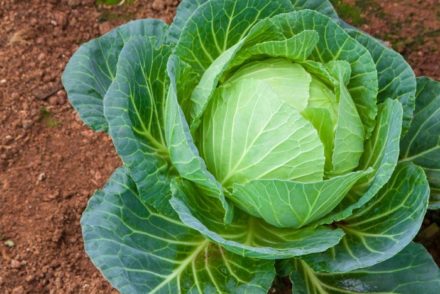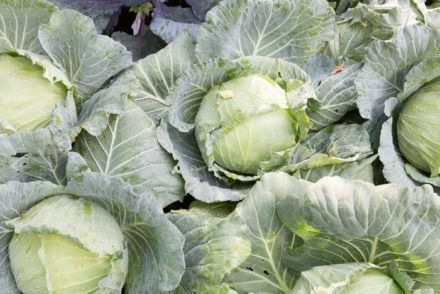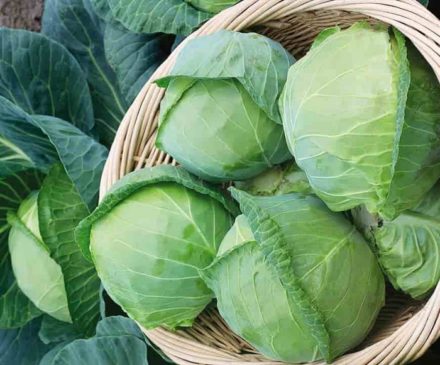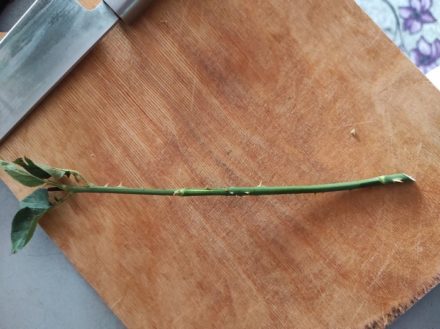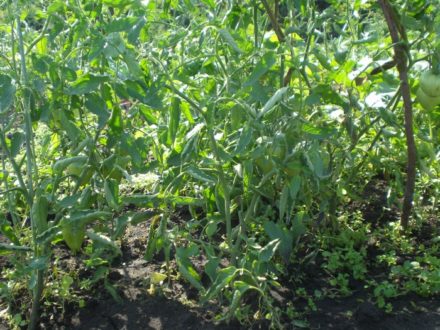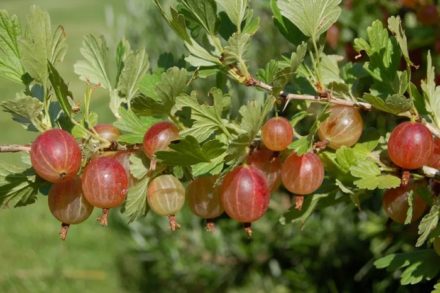The picture of white cabbage heads cracking on the root is a depressing sight for gardeners. You won’t be able to save the vegetables, you won’t be able to save them due to damage, but you can occasionally recycle them. In order to get a good harvest in the future, you will need knowledge about plant care and the specific characteristics of the variety.
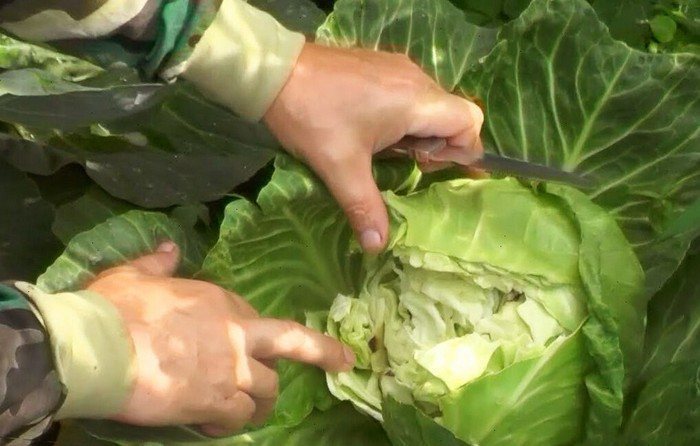
Causes of cracking cabbage heads
There are several such factors, but there are four main ones.
Causes of cracking:
- watering errors;
- long stay of vegetables in the garden;
- sudden changes in temperature;
- varietal specificity of cabbage.
Overwatering causes the plugs to crack due to improper leaf growth. The young lower shoots grow faster than the upper leaves and seem to tear the heads of cabbage apart. This happens when there is no watering for a long time, and then a generous flow of water bursts the forks from the inside. The reason is multiple days of heavy rain, and even with temperature fluctuations.
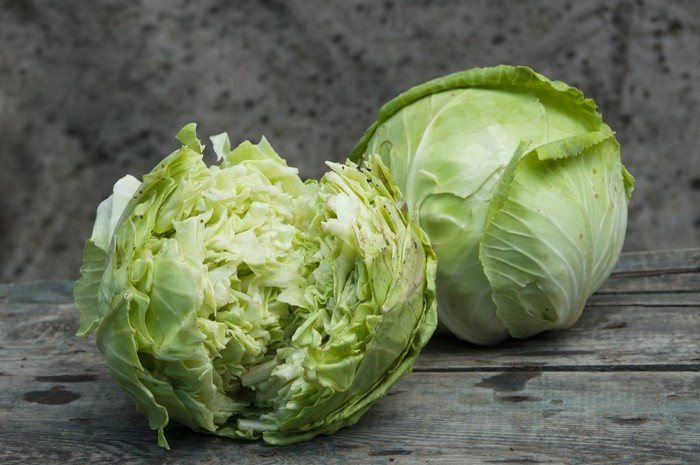
If the forks are left on the beds for a long time, they burst from overripeness. Most often this happens when growing early varieties. The heads of cabbage have already formed, and moisture continues to flow to the top leaves.
Temperature changes also lead to spoilage of cabbage forks. For example, in September the temperature is low and stable, and the forks have already formed. And suddenly there is a sharp jump in the thermometer reading. The lower leaves resume growth and the forks crack.
Changes in temperature affect the varieties best for pickling. They spoil more often than others. Removing the forks from the garden in due time will help avoid the problem. The following varieties are most resistant to cracking: Kolobok, Marathon, Albatross.
Ways to protect heads from cracking
Timely implementation of agrotechnical measures will solve the existing problem.
Watering
Cabbage is watered every 3 days. In dry summers, irrigation is allowed every other day. And if the summer is also hot, they irrigate twice a day, morning and evening.
If there has been heavy rain, moisturizing is postponed for several days.
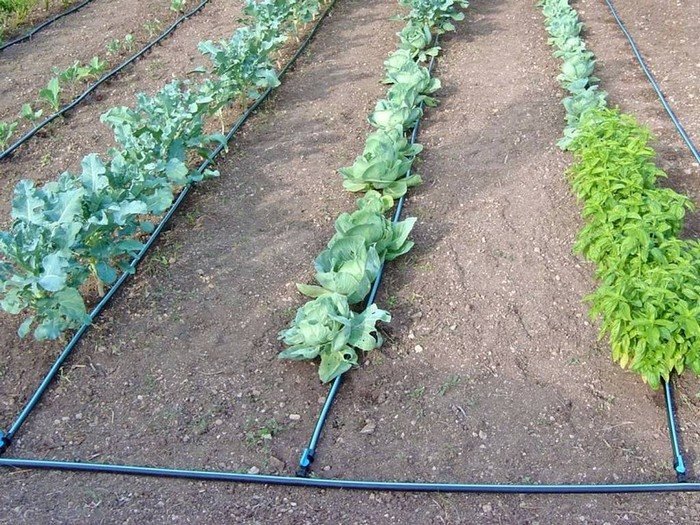
The best method of irrigation is a drip system, which distributes the liquid evenly over the cabbage head and penetrates to the rhizome. By installing an automatic sprinkler, gardeners do not need to visit the site frequently.
Choosing the right place to plant cabbage is also important for preserving the harvest. Areas with a nearby open reservoir or well, as well as with a high groundwater level, will save the moisture-loving vegetable from spoilage.
Water drainage, mulching
Cabbage loves moisture, but in moderation. Therefore, when growing the heads, drainage systems are organized to remove excess sediment away from the vegetables. Ditches, grooves and raised beds are used.
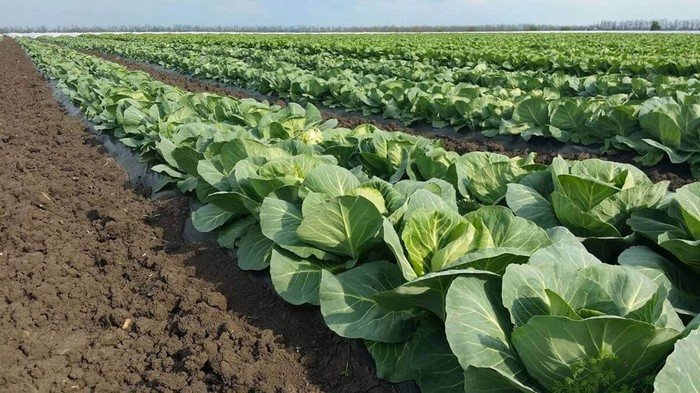
On the contrary, in dry zones the plants are mulched. Straw, compost, and freshly cut grass are used as covering materials. The layer height is 5–7 cm. Mulch retains moisture, and the cabbage receives nutrition without interruption.
To protect the forks in the hot summer and at the same time retain moisture, they are covered with any material, even cabbage leaves.
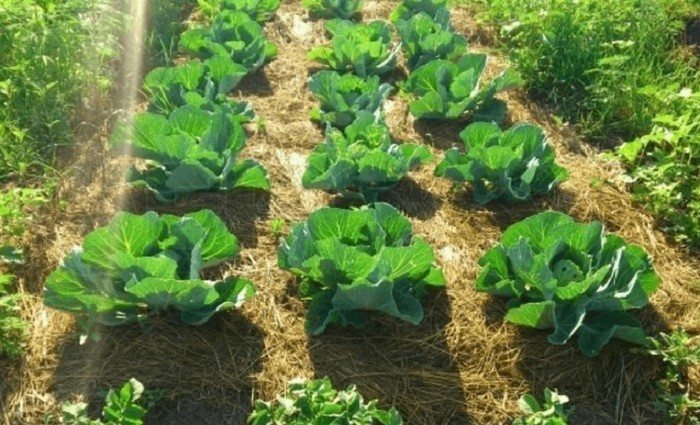
Top dressing
Fertilizing plays an important role in growing a quality crop. The main emphasis is on phosphorus and potassium fertilizers, while nitrogen fertilizing is reduced to a minimum. With excess nitrogen, the growth of new leaves inside the forks will increase, and, consequently, the increased pressure will lead to cracking of the heads.
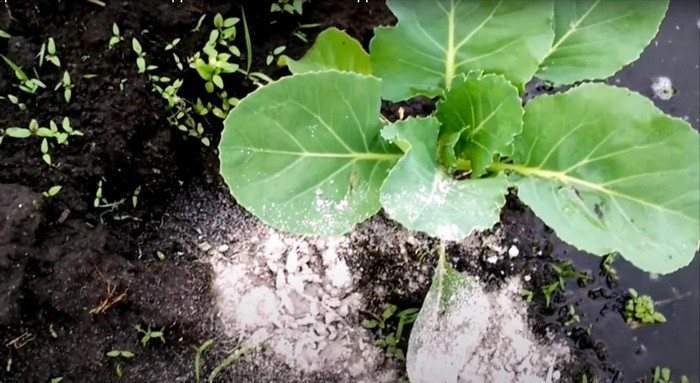
Partial damage to cabbage roots
To reduce the flow of fluid to the aerial part, an artificial technique is used. Using a sharp blade of a shovel or knife, cut off the roots on one side of the plant.
Or, holding the head with your hands, slightly lift it up, then turn it at an angle of 60–90°. With such a turn, small roots break off. Then the forks are returned to their original position.
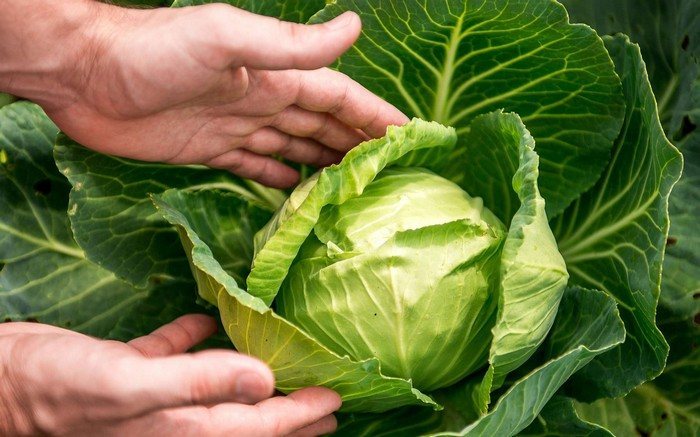
Experienced vegetable growers claim that cabbage heads crack for many reasons. Among them, the main ones are improper watering, long-term presence of mature forks in the garden, unstable thermometer readings and varietal characteristics of cabbage.
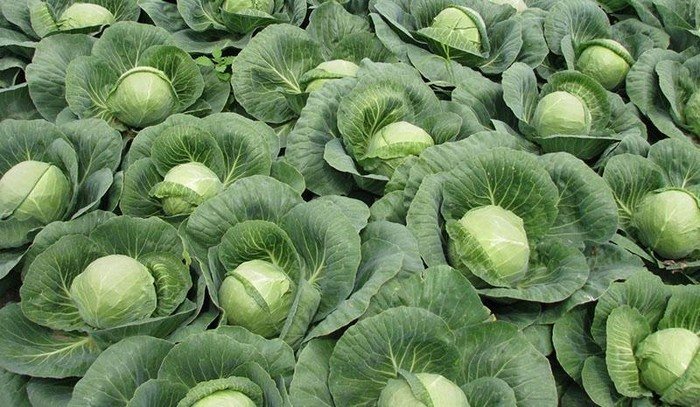
If you take preventive measures in a timely manner, you can reduce the risk of a problem and get a high-quality harvest.


